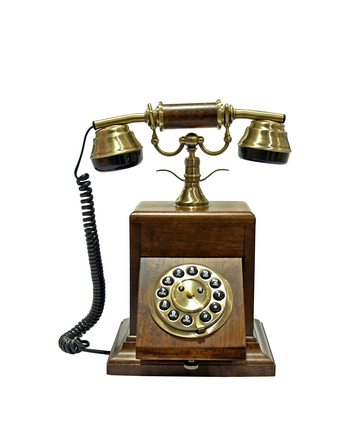A centipede was happy – quite!
Until a toad in fun
Said, “Pray, which leg moves after which?”
This raised her doubts to such a pitch,
She fell exhausted in the ditch
Not knowing how to run.
(Katherine Craster (1841-74)
A spider met a centipede
while hurrying down the street,
“How do you move at such a speed, with all so many feet?”
“I do not have to contemplate to keep them all in line,
But if I start to concentrate they’re tangled all the time!”
(unknown)
Contemplating a basic process does not always have the desired effect—greater knowledge and skill—but with communication it does.
I’m not talking about contemplating how to communicate better with this group or in that setting, but contemplating what communication is at its root… how it works… what foundational elements advance or thwart it.
Since writing & reading is communication, and since one of the foundations of Christianity is Scripture, then increasing our understanding of communication serves only to improve our part of the equation—Interpretation.
Communication is, “A dynamic process in which man consciously or unconsciously affects the cognitions of another through materials or agencies used in symbolic ways.“[1] No! Wait! Please don’t go! Let me unpack this. These are important foundations for future discussions that you won’t want to miss… but, at least you know why I warmed you up with humorous poetry.
- Communication is a dynamic process because one uses multiple steps to convey meaning.
- Conscious communication is deliberate. I say what I mean, and I mean what I say.
- Unconscious communication is accidental, spontaneous, or reactionary. The natural set of my face seems, often, to communicate to others that I am angry even when content. This has caused me trouble.
- For something to be communication it must seek effect, i.e. impact upon something. If a tree falls in the forest and no one is around to hear it… then, no, it has not communicated.
- By affecting cognitions, a communicator is attempting to cause understanding.
So far so good… pretty basic. Now, here comes the HOW.
- Communication uses materials or agents in symbolic ways in order to cause understanding—tossing symbols at each other… hopefully not Zildjians.
- Materials or agents are those things at one’s disposal for the accomplishment of any task—the tools of any trade.
- The tools of the communicator fall into two categories, VERBAL & NON-VERBAL
- Verbal tools… spoken & heard symbols that represent ideas are:
1. Phonology—using words that a community agrees will represent certain things.
2. Syntax—combining words into agreed upon patterns.
3. Semantics—the artful choice of words in context to nuance meaning.
4. Paralanguage—the use of sounds (whimper, scream, grunt, etc.) or voice inflection to communicate meaning. Sarcasm & question are, often, marked out by nothing more than inflection.
- Non-verbal tools… unspoken symbols that represent ideas are:
5. Artifact communication—things that have shared meaning to a community, like uniforms or other styles of dress, badges, hair styles, color, flags, etc.
6. Kinetic communication—movements that have shared meaning to a community, like facial expressions, gestures, and posturing.
7. Tactile communication—touch that has shared meaning to a community, like hand holding, kissing, hugging, slaps, kicks, pokes, etc.
Of importance here, is the idea of “shared meaning.” Symbols only work properly when a given group of people have agreed about what the symbols mean.
I like the telephone circuit model of this process.[2] A communicator is the source… “he” has something to communicate—a meaning. This “meaning” is encoded using symbols deemed sufficient to stamp the “meaning” into someone else’s mind. The use of these symbols is a signal.
Here is the problem, the person who receives this signal must discern the “meaning” by decoding the signal… the symbols. If, the decoder attaches the same meaning to the symbols as the encoder, we have communication. (See Fig.1) If, however, the decoder attaches different meaning to the symbols than the encoder did, we have miscommunication.

Note: He uses all 7 types of symbols and the wife has decoded more than he intended.
Given this, what are the chances that we will be able to casually understand any biblical writer who was born millennia ago, in a different part of the world, speaking different languages, in a completely different culture? We must study. We must use resources. We must be aware of the great potential for misinterpretation.
[1]Kenneth E. Andersen, Introduction to communication theory and practice, 1972, 5)
[2] Devito, J. A. (1994) Human Communication: The Basic Course. New York; HarperCollins.


